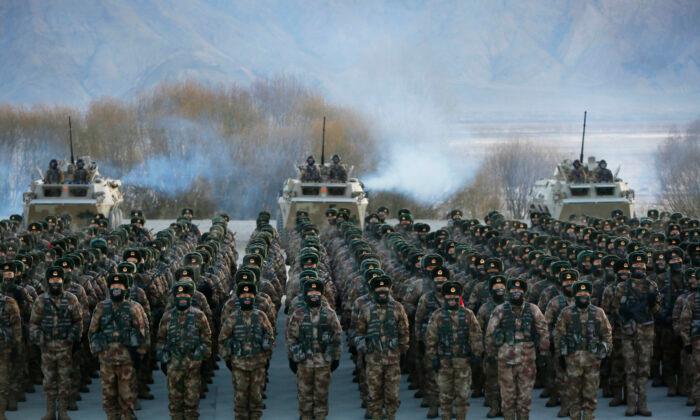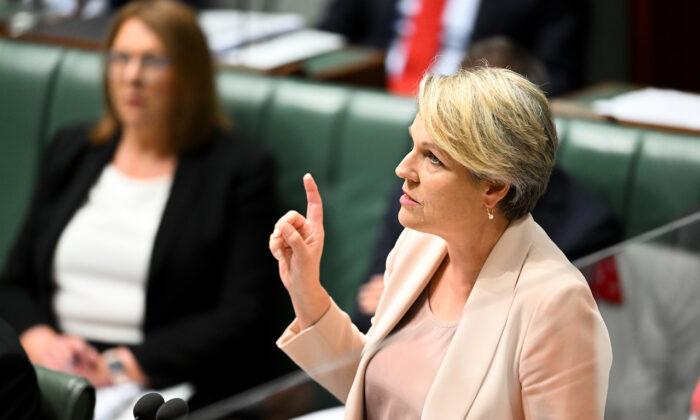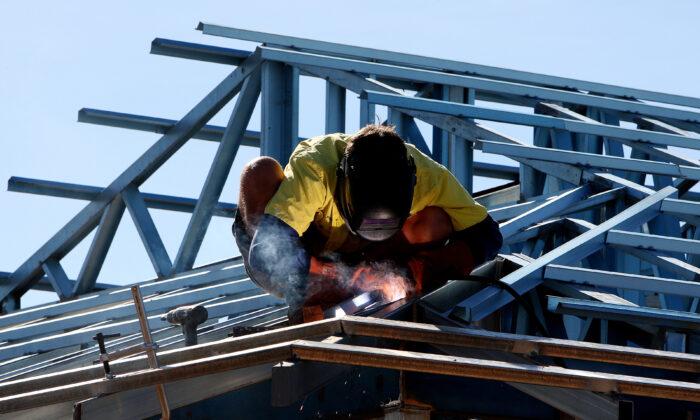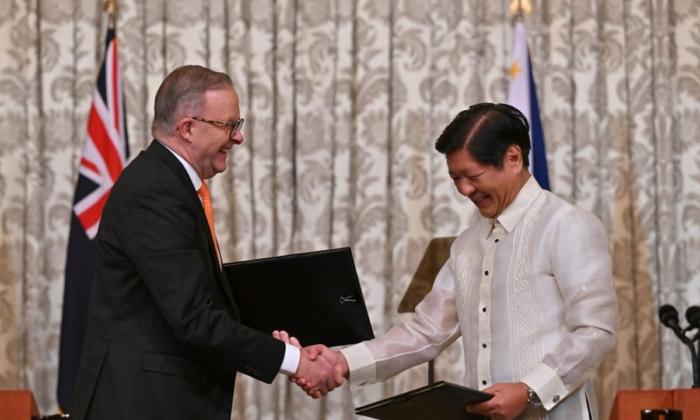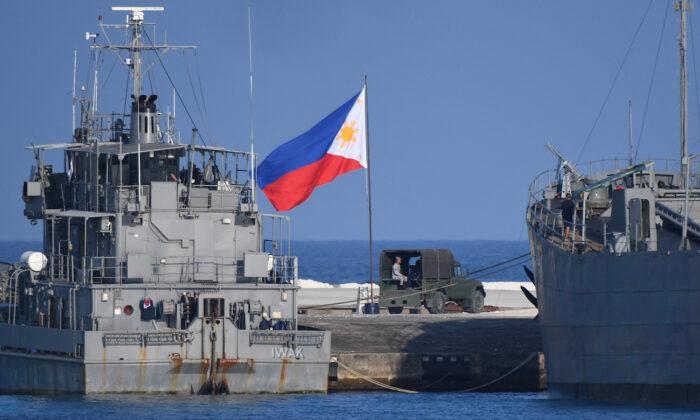The thaw between Australia and China appears to be continuing after Chinese defence officials announced that they had sat down for the first time in three years with Australian defence officials.
Chinese defence officials said in a media statement on March 22 that Australia and China held the eighth defence coordination dialogue in Canberra, Australia, and engaged in a frank and in-depth exchange of views on international and regional security issues of common concern.
Meanwhile, the Australian reported on March 23 that Australian Defence forces confirmed the meetings, which spanned half a day between senior officials.
“The dialogue was conducted in a professional atmosphere with both sides exchanging views on regional security issues,” a spokesperson for Defence said.
China’s Aggressive Treatment of Australia
The talks come after three years of diplomatic tensions between the two nations that saw Beijing initiate economically coercive policies against Australia, as well as engage in a string of international incidents between the Australian defence forces, Australian airlines, and the Chinese military.This included the use of high-powered lasers by the People’s Liberation Army to dazzle Australian pilots and an aggressive challenge of an Australian surveillance plane by a Chinese fighter pilot in May last year.
At the time, Australian Defence Minister Richard Marles raised concerns about a “dangerous” incident in which a Chinese aircraft intercepted a Royal Australian Air Force routine flight over waters that China is disputing in the South China Sea.
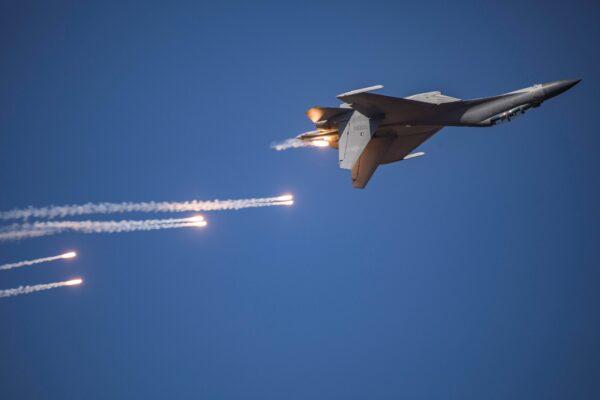
The J-16 Chinese military jet released flares as it flew close to the side of the Australian P-8 aircraft while it was on a regular maritime surveillance flight in international airspace. The Chinese jet then accelerated and cut across the nose of the Australian plane before releasing a “bundle of chaff” containing small aluminium pieces, some of which were “ingested” into the P-8’s engine.
The Australian crew responded by flying back to base. No crew were injured.
“Quite obviously, this is very dangerous,” Marles said.
Not Just Military Targets
Most recently, Australian pilots from the national airline carrier Qantas have been warned to be wary of radio and Global Positioning System (GPS) interference signals from the Chinese military.In a directive issued on March 16, the airline said it had detected interference signals in the Western Pacific and South China Sea.
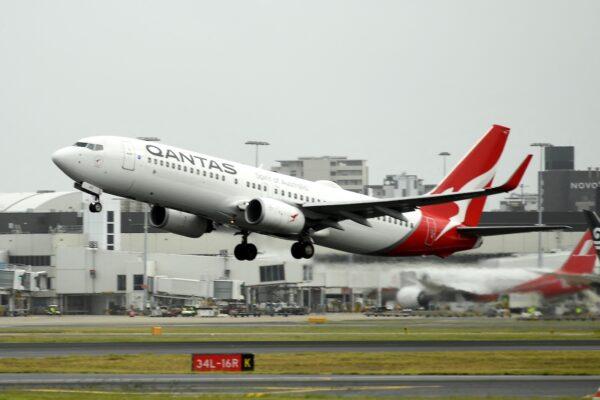
However, the directive added that there had been “no safety events reported that relate to this activity” and required pilots to report any unusual incidents to air traffic control.
This follows a statement from the International Federation of Airline Pilots’ Associations (IFALPA) confirming the interference and warning pilots not to respond to any communications from the warships.
“IFALPA has been made aware of some airlines and military aircraft being called over 121.50 or 123.45 by military warships in the Pacific region, notably South China Sea, Philippine Sea, East of Indian Ocean,” the statement read.
